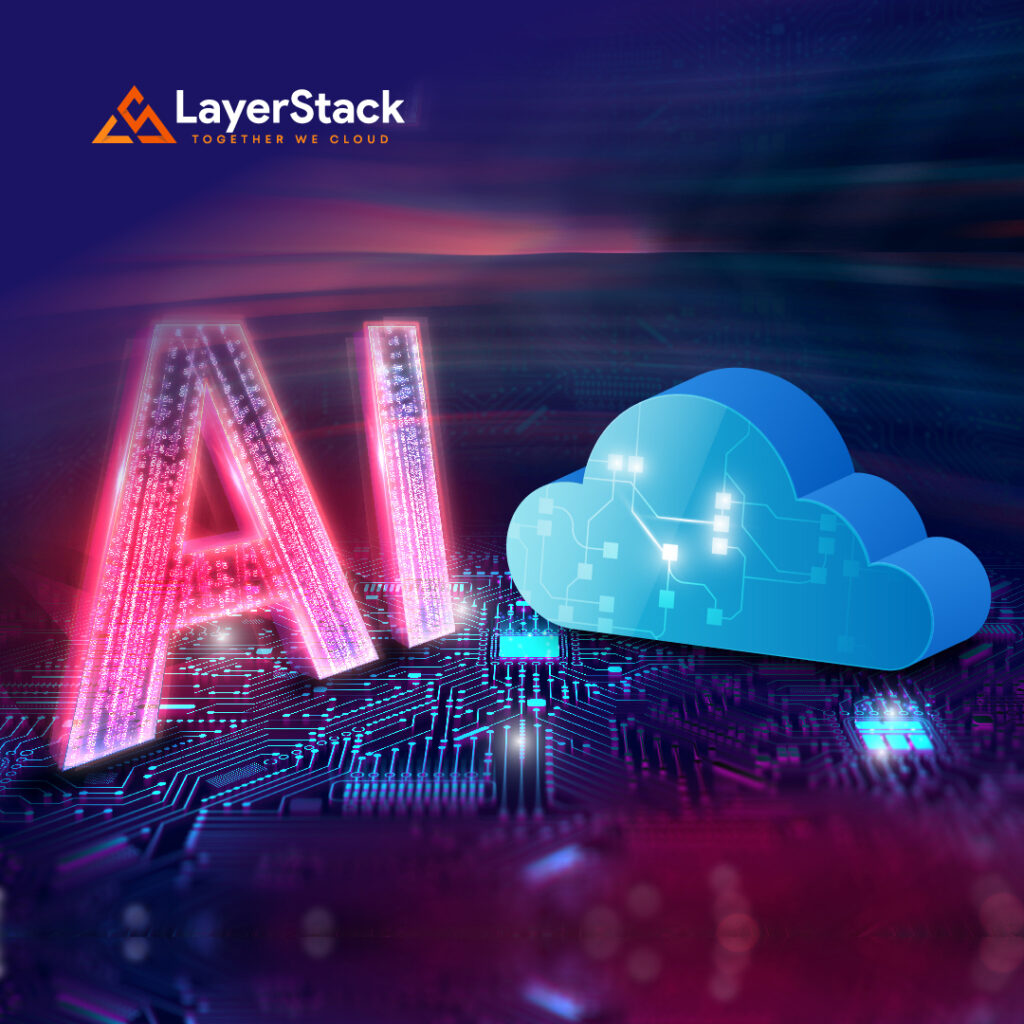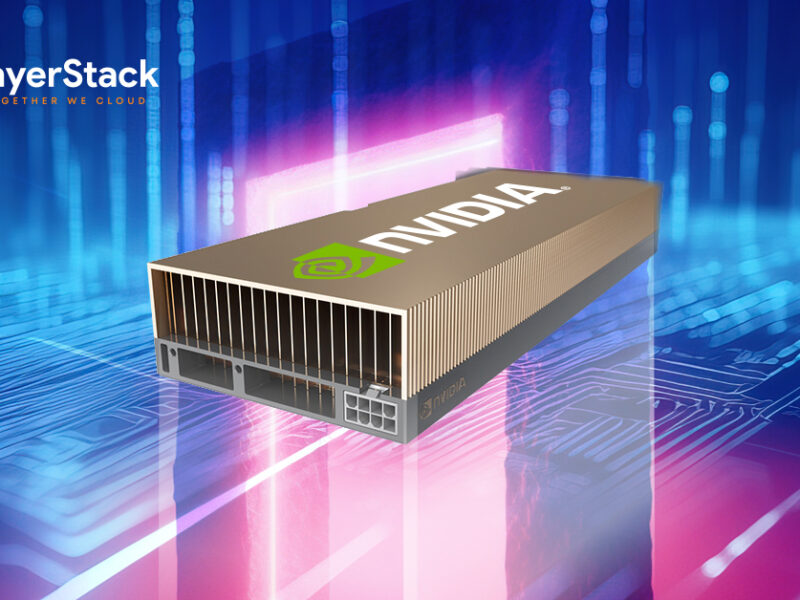
Artificial Intelligence (AI) has become one of the most transformative technologies of our time, with the potential to revolutionize industries, transform business models, and shape the future of work. From autonomous vehicles and virtual assistants to predictive analytics and image recognition, AI is already changing the way we live, work, and interact with the world around us.
As the hype around AI continues to grow, many businesses and organizations are asking themselves what they should do to catch up and stay competitive in this rapidly evolving landscape. Let’s explore the benefits, challenges, and future of AI, and provide practical tips for businesses that want to harness the power of this game-changing technology.
The Benefits of Artificial Intelligence
The benefits of AI are far-reaching and go beyond its application in industries like healthcare, education, and finance. The technology can transform traditional workflows and augment human intelligence, leading to improved efficiency, productivity, and profitability:
Automation: AI can automate repetitive, time-consuming, and error-prone tasks, freeing up valuable time and resources for more strategic and creative work.
Efficiency: AI can optimize and streamline complex workflows, enabling businesses to operate more efficiently and cost-effectively.
Personalization: AI can provide personalized experiences and recommendations based on individual preferences, needs, and behaviors.
Insight: AI can analyze vast amounts of data to identify patterns, trends, and insights that humans might miss, enabling businesses to make more informed decisions and identify new opportunities.
Innovation: AI can drive innovation and enable businesses to develop new products, services, and business models that are faster, smarter, and more competitive.
The Challenges of Artificial Intelligence
While the benefits of AI are clear, there are also significant challenges and risks that businesses need to be aware of. Here are some of the key challenges:
Data quality: AI relies on high-quality data to deliver accurate results, and poor data quality can undermine the effectiveness and reliability of AI algorithms.
Bias: AI can perpetuate and even amplify biases that exist in the data and algorithms used to train them, leading to unfair and discriminatory outcomes.
Explainability: AI algorithms can be difficult to understand and interpret, making it challenging to explain how they arrived at a particular decision or recommendation.
Privacy: AI can raise significant privacy concerns, particularly when it comes to sensitive or personal data.
Regulation: AI is a rapidly evolving field, and there is a lack of clear and consistent regulatory frameworks governing its use and development.
The Future of Artificial Intelligence
The future of AI is bright, with many exciting possibilities and opportunities on the horizon. Here are some of the key trends and developments that are shaping the future of AI:
Natural Language Processing (NLP):
NLP is a branch of AI that deals with the interaction between computers and humans using natural language. The most significant application of NLP is in the development of chatbots and one example of chatbot is the OpenAI language model, known as GPT (Generative Pre-trained Transformer) – a type of neural network that has been trained on vast amounts of text data, so they can perform a wide range of tasks, such as writing articles, composing poetry, and even completing coding tasks.
Predictive Analytics:
With advancements in predictive analytics, machines are becoming better at identifying complex patterns in data that humans may not be able to detect. For instance, in finance industry it can be used to detect fraudulent activity by analyzing historical transactional data. In retail industry, it can be used to forecast sales trends and optimize inventory management, enabling retailers to make more informed decisions about which products to stock and when to stock them.
Robotics:
Robotics is the use of machines to automate tasks traditionally performed by humans. In manufacturing, robots with AI are used to automate repetitive and dangerous tasks, such as welding and painting, to improve efficiency and safety. In healthcare, they are used in surgery and rehabilitation, as well as in patient care and assistance. In logistics, robots are used for order fulfillment and material handling, such as in warehouses and distribution centers.
Autonomous Systems:
Autonomous systems are being used to improve productivity and efficiency in manufacturing and other industries. These systems can perform tasks such as assembly, welding, and quality control, which previously required human workers. This technology not only reduces labor costs but also improves the consistency and accuracy of production.
Another well-known examples of autonomous systems are self-driving cars and drones, which can be used in various of applications, such as aerial surveillance, search and rescue operations, and delivery services.
Personalization:
AI algorithms can identify patterns and preferences unique to each individual, which can be used to provide personalized recommendations, offers, and content. In e-commerce, for example, AI-powered personalization engines can recommend products based on an individual’s browsing and purchase history, as well as their preferences and behavior. This can lead to increased sales, higher customer satisfaction, and improved brand loyalty. In healthcare, AI-powered personalization can help doctors and nurses personalize treatment plans for individual patients based on their medical history, genetics, and lifestyle factors.
The importance of powerful compute resources for AI
As the technological landscape continues to evolve, businesses must embrace the potential of AI to remain competitive and relevant. To fully unlock this potential, businesses need access to computing resources that are both powerful and reliable. And that’s where cloud servers come in.
Cloud servers provide businesses with the flexibility, scalability, and cost-effectiveness they need to deploy and manage AI workloads. Cloud servers make it possible for businesses to tap into dedicated GPU resources that are optimized for computationally intensive tasks such as deep learning. The result? A simple, pay-as-you-go model that eliminates the need for high capital expenditures and on-premises infrastructure maintenance.
But that’s not all. With cloud servers, businesses can quickly adapt to changes in their workload without worrying about overprovisioning resources. They can also enjoy enhanced security for their AI operations since cloud providers invest heavily in security measures to protect their clients’ data.


